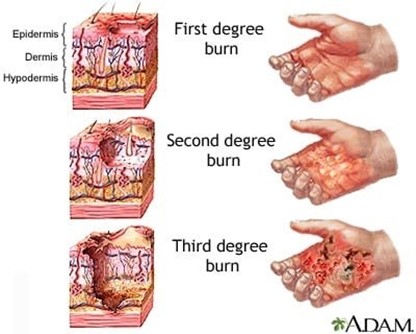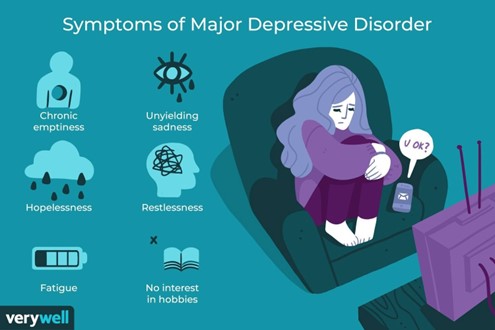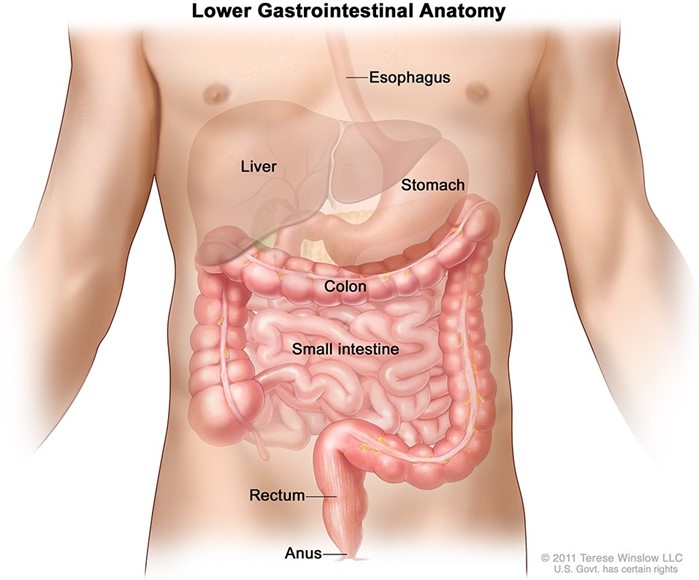The practical nurse (PN) is caring for a client that has just arrived in the emergency department with 2nd degree thermal burns to the right thigh, lower leg and foot, and reports severe pain in the right leg. Which priority action should the PN take while caring for this patient?
Anticipate rehydration of 1000 mL/6 hr. with normal saline.
Remove clothing, cover burned area with cool damp cloth.
Completely flush burned area with water or sterile saline.
Collect data, vital signs, blood gases, height and weight.
The Correct Answer is B
The priority action for the practical nurse (PN) to take while caring for a client that has just arrived in the emergency department with 2nd degree thermal burns to the right thigh, lower leg and foot, and reports severe pain in the right leg is to remove clothing and cover the burned area with a cool damp cloth. This will help to cool the burn and reduce pain.
Anticipating rehydration of 1000 mL/6 hr. with normal saline (Option A) is an important intervention for burn patients, but it is not the first priority. Completely flushing the burned area with water or sterile saline (Option C) may be appropriate in some cases, but it is not the first intervention that should be implemented. Collecting data such as vital signs, blood gases, height and weight (Option D) is also important, but it is not the first priority.

Nursing Test Bank
Naxlex Comprehensive Predictor Exams
Related Questions
Correct Answer is A
Explanation
One of the most important interventions in caring for clients with major depressive disorder is building a therapeutic relationship. Scheduling regular periods of time for interaction with the client demonstrates support and provides an opportunity for the client to express their feelings and concerns. Journaling and self-reflection can be helpful interventions for some clients, but they do not necessarily demonstrate support.
Assisting the client to identify symptoms of depression is important for assessment and care planning, but it is not a way to demonstrate support.
Incorporating animated communication techniques may be appropriate for certain clients, but it is not a universal intervention for supporting clients with major depressive disorder.

Correct Answer is B
Explanation
Guided imagery is a technique that can help the client to relax and reduce anxiety by imagining a peaceful and calming scene. This technique can be helpful for clients waiting for surgery to reduce stress and promote relaxation.
Option A (mindfulness) may also be helpful, but it may require more practice and preparation than guided imagery.
Option C (biofeedback) may not be feasible in the preoperative holding area, and
Option D (cognitive reframing) may not be helpful in the immediate preoperative period.
Therefore, options A, C, and D are not answers because they may not be the most effective technique to help the client in the preoperative holding area.

Whether you are a student looking to ace your exams or a practicing nurse seeking to enhance your expertise , our nursing education contents will empower you with the confidence and competence to make a difference in the lives of patients and become a respected leader in the healthcare field.
Visit Naxlex, invest in your future and unlock endless possibilities with our unparalleled nursing education contents today
Report Wrong Answer on the Current Question
Do you disagree with the answer? If yes, what is your expected answer? Explain.
Kindly be descriptive with the issue you are facing.
